Circa 2015
Scientists have determined how a particular gene makes night vision possible. The study focuses on a gene called nyctalopin. Mutations in the gene result in inherited “night blindness,” a loss of vision in low-light environments.
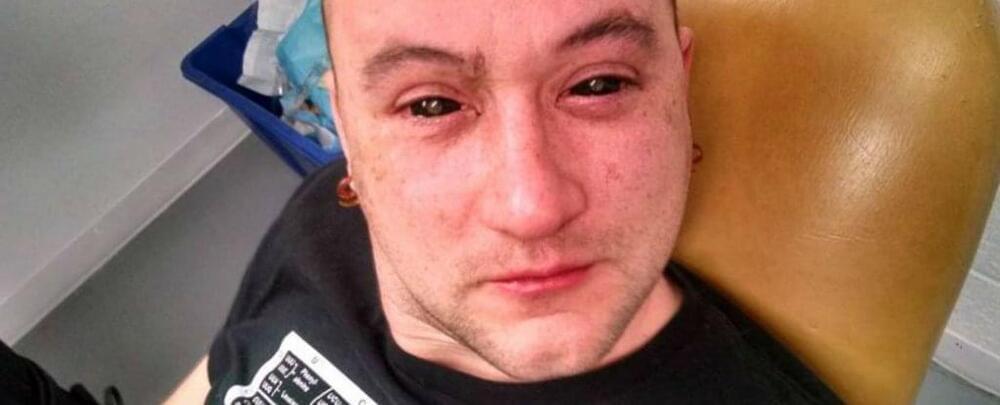
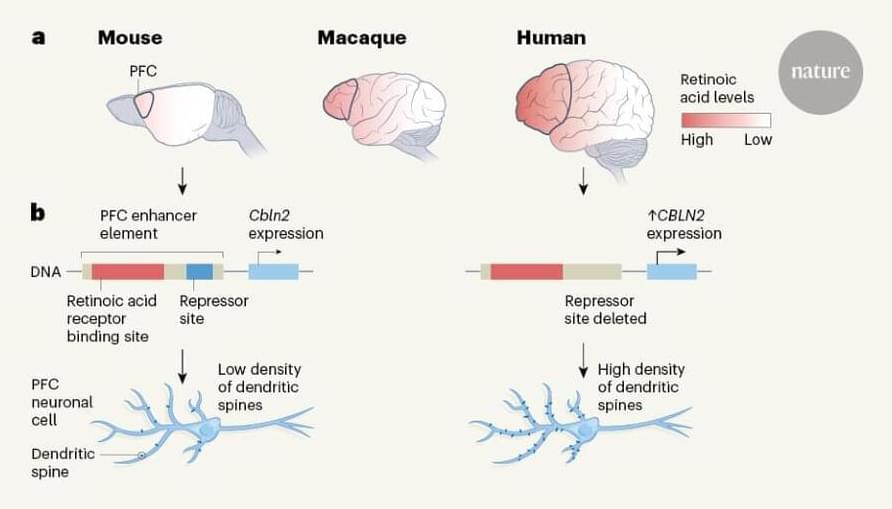
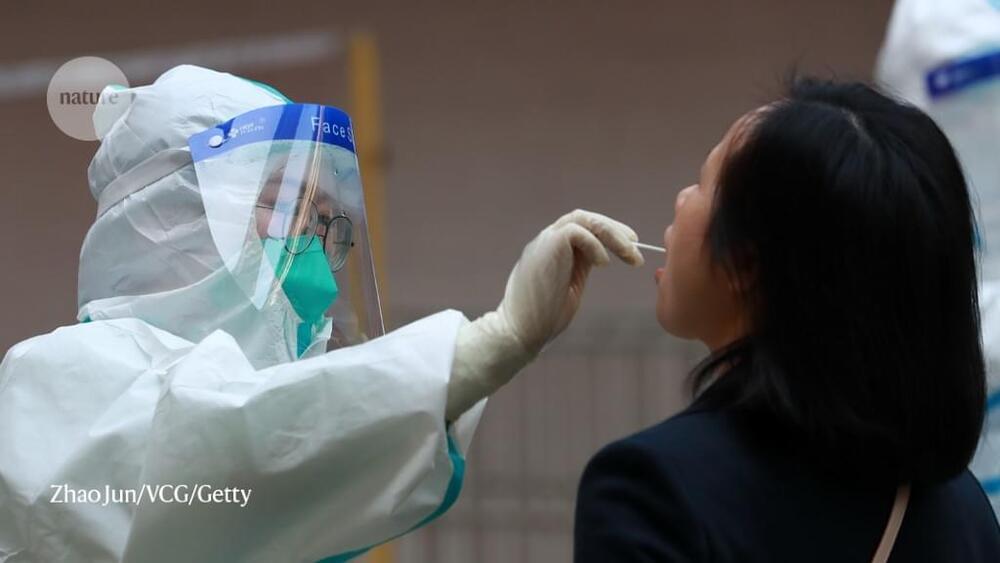
Efforts to study the early stages of the coronavirus pandemic have received help from a surprising source. A biologist in the United States has ‘excavated’ partial SARS-CoV-2 genome sequences from the beginnings of the pandemic’s probable epicentre in Wuhan, China, that were deposited — but later removed — from a US government database.
The partial genome sequences address an evolutionary conundrum about the early genetic diversity of the coronavirus SARS-CoV-2, although scientists emphasize that they do not shed light on its origins. Nor is it fully clear why researchers at Wuhan University asked for the sequences to be removed from the Sequence Read Archive (SRA), a repository for raw sequencing data maintained by the National Center for Biotechnology Information (NCBI), part of the US National Institutes of Health (NIH).
Partial SARS-CoV-2 sequences from early outbreaks in Wuhan were removed from a US government database by the scientists who deposited them.
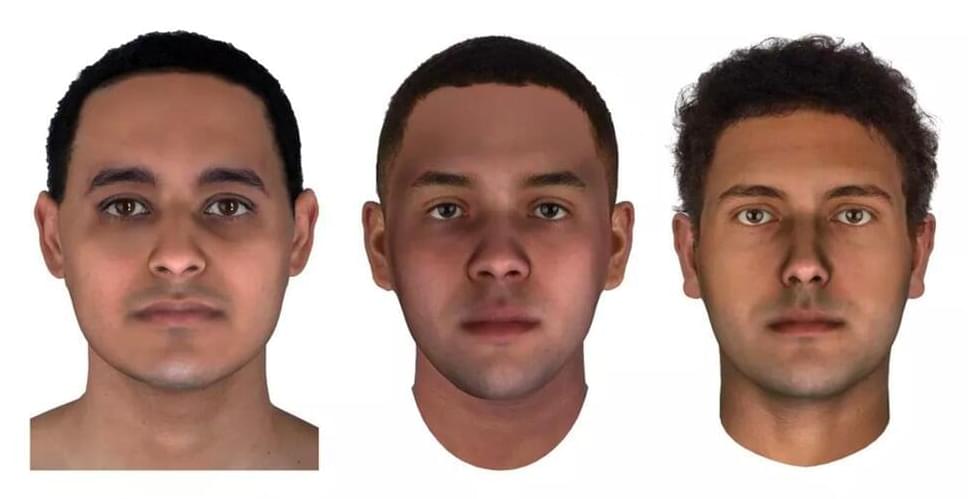
Residents of Abusir el-Meleq, an ancient Egyptian city south of Cairo, the men died between 1,380 B.C.E. and 450 C.E. A team from Parabon NanoLabs presented the trio’s facial reconstructions at the International Symposium on Human Identification in September.
“[T]his is the first time comprehensive DNA phenotyping has been performed on human DNA of this age,” says Parabon, a Virginia-based company that typically uses genetic analysis to help solve cold cases, in a statement.
To approximate the men’s faces, researchers used DNA phenotyping, which predicts individuals’ physical appearance based on genetic markers. (Phenotyping can suggest subjects’ skin, hair and eye color, but as Caitlin Curtis and James Hereward wrote for the Conversation in 2,018 the process has its limitations.) The team determined the mummies’ other characteristics through examination of their physical remains, reports Hannah Sparks for the New York Post.
And, depending on how further studies progress, it could be implemented via gene therapy.
Early-stage pancreatic cancer has a ‘reset button’
“These findings open up the possibility of designing a new gene therapy or drug because now we can convert cancerous cells back into their normal state,” said Professor Bumsoo Han of Purdue’s mechanical engineering, who is also the program leader for the university’s Center for Cancer Research, in a blog post shared on the university’s official website. Han has also received a courtesy appointment in biomedical engineering, according to the post. The new time machine (speaking figuratively) from Han’s lab is a lifelike reproduction of a specific structure of the pancreas, called the acinus, which secretes and produces digestive enzymes into the small intestine. When pancreatic cancer strikes, it typically comes from chronic inflammation, which is caused by a mutation that tricks the digestive enzymes to begin digesting the pancreas itself. This is bad.
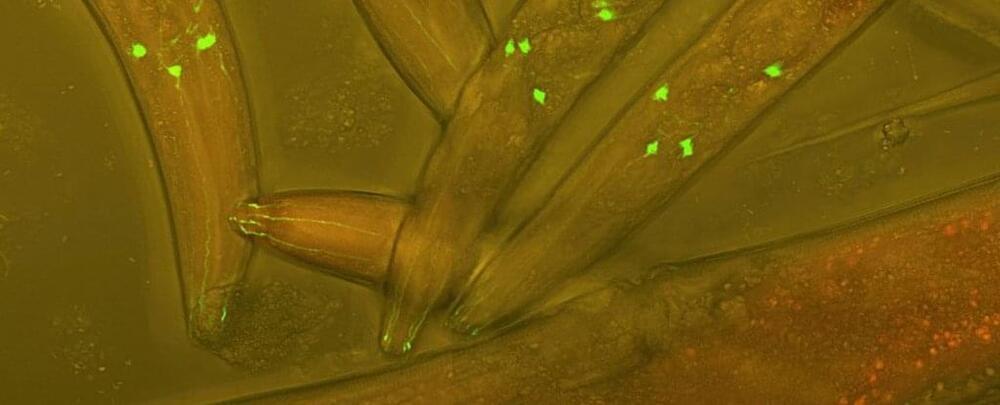
Brains aren’t the easiest of organs to study, what with their delicate wiring and subtle whispering of neurotransmitter messages. Now, this research could be made a little easier, as we’ve learned we can swap some critical chemical systems with the host animal being none the wiser.
In a proof-of-concept study run by a team of US researchers, the microscopic worm Caenorhabditis elegans was genetically gifted pieces of a nervous system taken from a radically different creature – a curious freshwater organism known as Hydra.
The swap wasn’t unlike teaching a specific brain circuit a foreign language, and finding it performs its job just as well as before.
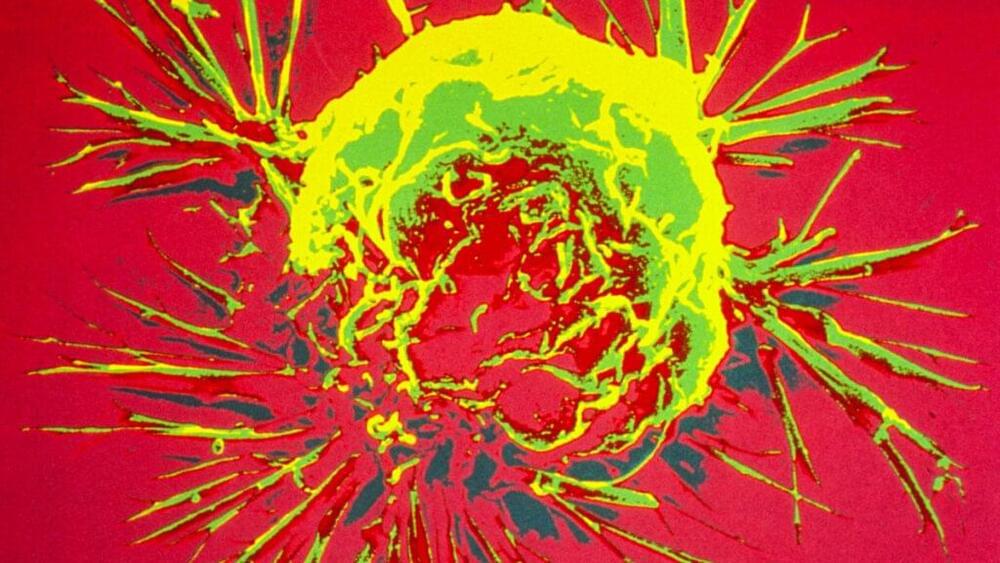
Genetic information can be messy. Mapping proteins could offer a clearer view of what’s driving cancer.
Scientists have unveiled new maps of the protein networks underlying different types of cancer, offering a potentially clearer way to see what’s driving the disease and to find therapeutic targets.
Sequencing the genetic information of tumors can provide a trove of data about the mutations contained in those cancer cells. Some of those mutations help doctors figure out the best way to treat a patient, but others remain more of a mystery than a clear instruction manual. Many are exceedingly rare, or there are so many mutations it’s not clear what’s fueling the cancer.
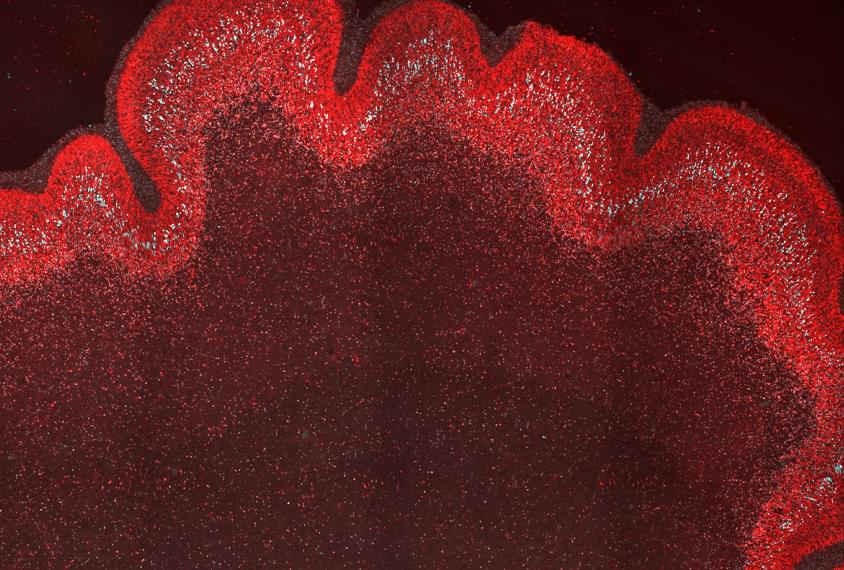
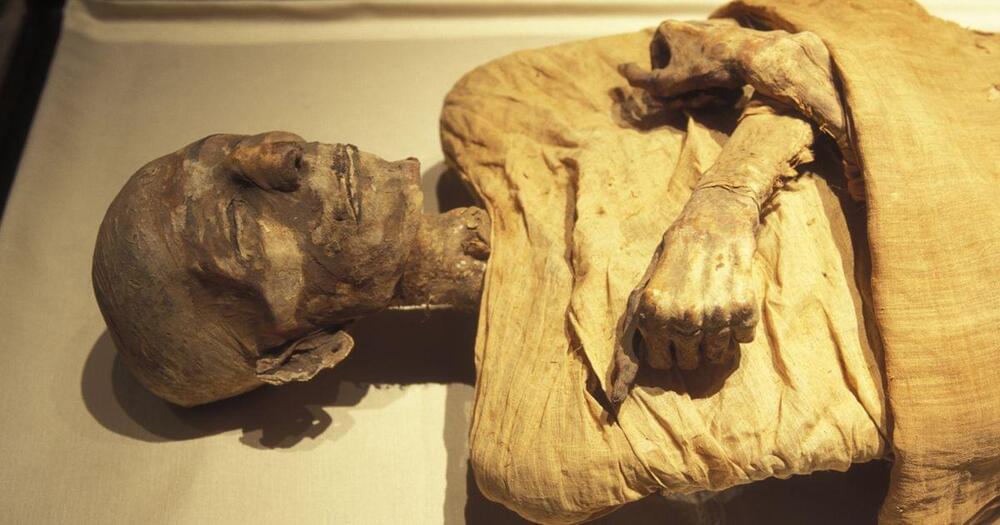
DNA extracted from ancient Egyptian mummies is offering an intriguing glimpse at what three men might’ve looked like when they hung out in the Fertile Crescent more than 2,000 years ago.
The genetic sleuthing led to highly detailed 3D constructions of a trio from an ancient Nile community known as the Abusir el-Meleq who are estimated to have lived between 2,023 and 2,797 years ago.
The images result from DNA phenotyping, which predicts a person’s physical characteristics based on genetic data. The re-creations mark the first time comprehensive DNA phenotyping has been performed on human DNA this old, according to Virginia-based Parabon NanoLabs, the company behind the images. Parabon typically taps DNA phenotyping to help solve criminal cases.
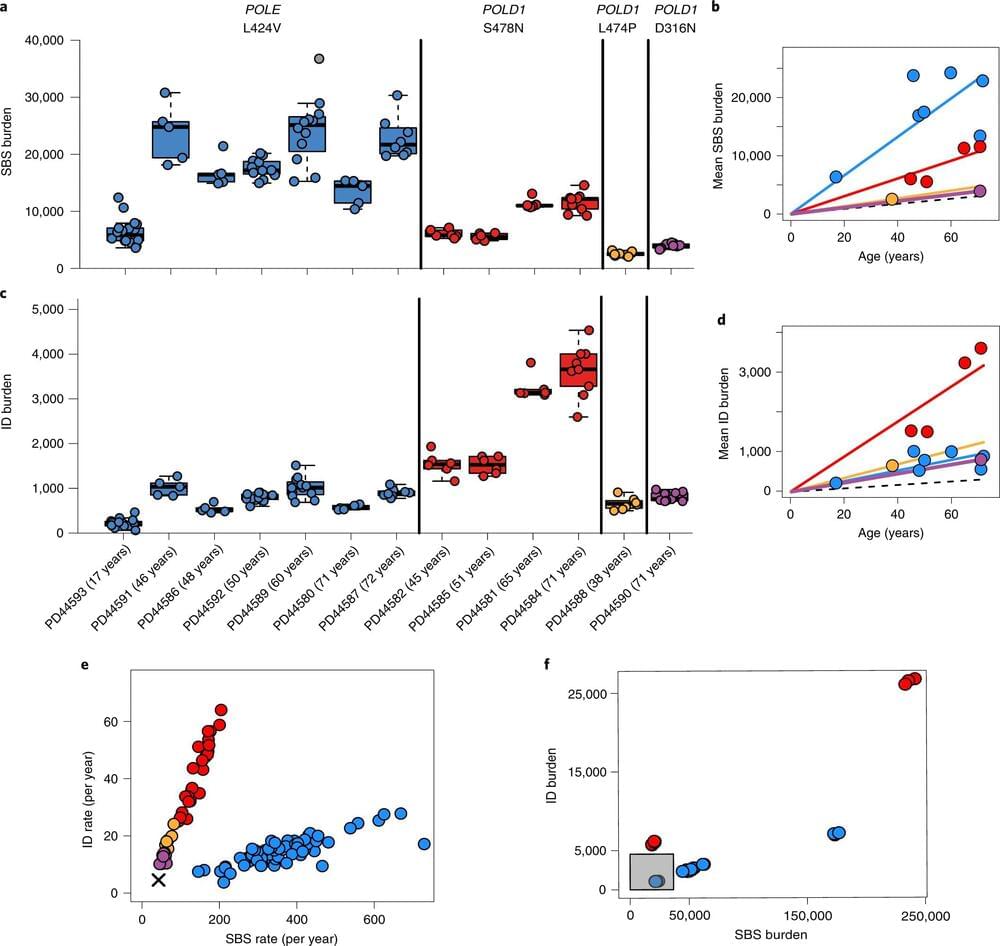
New research exploring theories of aging has found that small mutations accumulating in DNA are unlikely to be fully responsible for this process.
The research, a collaboration between the Wellcome Sanger Institute, University of Birmingham, University of Edinburgh and others, found that human cells and tissues can accumulate many more mutations than are normally present, without the body showing the features associated with aging.
The new study, published today (30 September) in Nature Genetics, compared DNA taken from individuals with inherited mutations in genes involved in DNA replication with DNA from individuals who have normal versions of these genes. The researchers aimed to understand the impact of defective DNA replication on cancer risk and features associated with aging. The results suggest that build-up of mutations in normal cells is unlikely to be the only factor in the development of age-related disease, adding to the ongoing debate about the causes of aging.